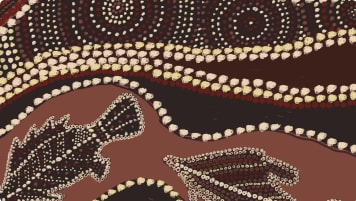The Pituri Road: Ancient Aboriginal Trading Route
Article that adds further detail about the historic trading patterns of the Aboriginal outback for small group tours for couples and solo travellers interested in history.
18 Apr 21 · 8 mins read

The Pituri Road
By Marco Stojanovik
The tradition of travel is a distinct and important aspect of Aboriginal culture, a central part of life for the traditional owners of Australia prior to European settlement. The scholar Dale Kerwin (2010: 84) has written that “it is a response to the need to renew relationships with the country of ancestral birth and the ritual journey to renew relationships with people across the landscape”.
A fundamental reason for travelling was the trade that took place along routes that criss-crossed the continent, dispersing goods, information, technologies, and culture thousands of kilometres away from their origins. Routes were based on the dreaming paths of Aboriginal nations. Often following coastal estuaries, river systems and catchment areas, they acted as roads which allowed Aboriginal travellers to move deep into the Australian heartland.
The ‘Pituri Road’ was one of the most important, serving as an extensive network of Aboriginal trading routes across the continent. Pituri is made from leaves of the shrub Duboisia hopwoodii, the most potent of Australian plants containing nicotine. Widely harvested, prepared, traded and chewed by Indigenous people across much of Australia, it has been described as the ‘gold standard’ of Indigenous trading (Brady & Long, 2003). Dominant as a bartering commodity with and within tribal groups, it was considered as equivalent in status to boomerangs, spears, shields, and red ochre.
Pamela Watson (1983: 29) describes the Pituri Road as encompassing “a river system where the headwaters of numerous streams [flowed] into the Gulf of Carpentaria”. This system formed the main trunk route for trade, but trade also flowed along other numerous river systems branching out from the main trunk.
Kerwin (2010: 87) explains that these waterways extended “to the catchment area for the Channel Country, where the tributaries of the south-ward flowing waters of the Diamantina and Georgina Rivers flow. The Diamantina and Georgina Rivers form the floodplains of the Channel Country and Lake Eyre basin. In this area the Finke and other river systems flow south into Central Australia.”
This article explores the extent of the pituri trade across Australia, after beginning with an overview of pituri, its preparation and use. For more information, readers are urged to take a look at Dale Kerwin’s Aboriginal Dreaming Paths and Trading Routes, a key source used in the writing of this article.

What is Pituri?
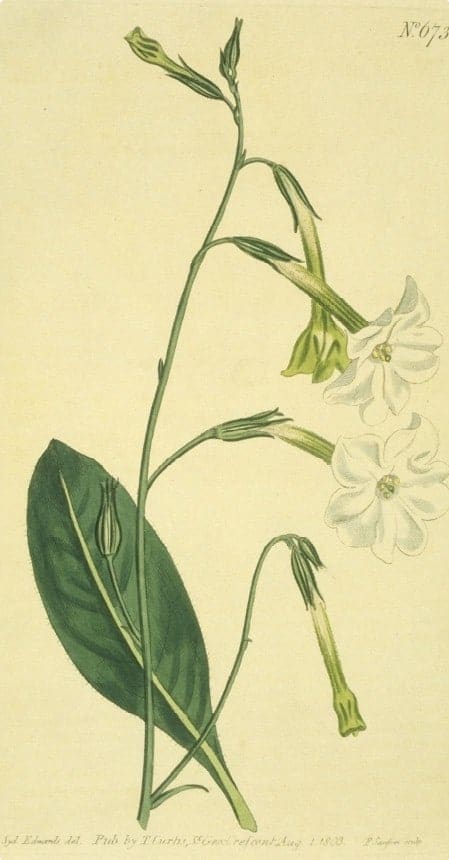
Pituri – also spelt as pitjuri, pitcheri, pituri, bedgery, petchery and bedourie – is a mixture of leaves and wood ash which was traditionally chewed by Aboriginal Australians before European tobacco replaced it. The term ‘pituri’ is also used by to refer to the shrubs and trees that are the sources of the leaf and ash.
The leaves are gathered from the shrub Duboisia hopwoodii, a narrow-leafed plant belonging to the solanaceae family. It is similar to native tobaccos across Australia, which were also chewed in wads or smoked, but is the most potent of those plants. Its nicotine content is up to 8%, four times more potent than that found in commercial tobacco. Wood from various species of Acacia, Grevillea and Eucalyptus are burned to produce the ash.

Knowledge of how to process pituri had a sacred ritual significance, understood only by specific Aboriginal groups or clans, and usage was most likely restricted to olden men (Greenhalgh et al. 2020). Traditionally it was prepared by drying the leaves and stems in sand ovens and crushing them into small flakes, before being packed into specially designed netted bags for trading. Prior to chewing, the dried pituri would be mixed with the ash which has an alkaline effect, facilitating the release of nicotine from the plant so it could be absorbed more readily through the mouth wall.
The mixture was chewed into a thick brown-grey paste, which could then be bound together in a small quid (a roll about the size and shape of a cigarette), making it easier to transport and trade. The quid could be chewed from time to time and held behind the lower lip or cheek for long periods. In this way the nicotine was readily absorbed through the blood vessels of the thin skin.
What was Pituri used for?
Although no early record exists of Aboriginal people describing what chewing pituri did for them, the nicotine would have had two major effects. The drug first acts as a stimulant, boosting certain chemicals in the brain. After sustained use, however, the brain becomes temporarily exhausted, unable to maintain these heightened levels of chemicals, and so nicotine begins to act as a depressant and in high doses may have a hallucinogenic effect and induce stupor or trance.
Written observations by early European explorers confirm these effects. In their view, Aboriginals used it to achieve two main objectives: to energize themselves and thus alleviate physical stress; and in some cases, to achieve a state that was seemingly drunk or drugged.
Taking it could fulfil practical purposes (Greenhalgh et. al 2020). As a stimulant, it made Aboriginals feel brave in the face off warfare and staved off hunger and increased endurance and stamina for long journeys over hundreds of kilometres. One boy, for example, was recorded to have supposedly walked two days with no other sustenance (Low 1987: 238). In larger quantities, it served as a painkiller.
Its hallucinogenic effect undoubtedly helped the elders of a tribe maintain their position. By taking it they claimed they could communicate with the spirits of their ancestors and forecast the future. Meanwhile, due to the mood-enhancing effects of the nicotine, the sharing of pituri also symbolised and facilitated social bonding.
Aboriginal people also used pituri for catching game, as the alkaloids nicotine and nor-nicotine contained within are poisonous for animals. Kerwin (2010: 88) explains: “Dried and crushed pituri put into a waterhole would stupefy game once they drank, so it would be easy to catch. Game such as emu, parrots, and wallabies were caught in this manner.”
The Pituri Trade
Although Duboisia hopwoodii grows naturally in large parts of the desert areas of southern and western Australia, the most sought-after pituri was prepared in south-western Queensland. It is considered likely that the leaves from the plants growing in this region were favoured because they contained nicotine in a less immediately toxic form.
The pituri road began in the Channel Country at Bedourie and travelled to Birdsville, the Lower Diamantina, Goyders Lagoon, Mungeranie, and Kopperamanna, where the pituri was then distributed in many directions. Low (1987: 257-60) and Watson (1983: 303-311) suggest that it was traded over an area of more than 550,000 square kilometres as far north as the Gulf of Carpentaria, south to Lake Eyre, east to the mid-region of Queensland, and west into the Northern Territory to the area where Alice Springs is now located.
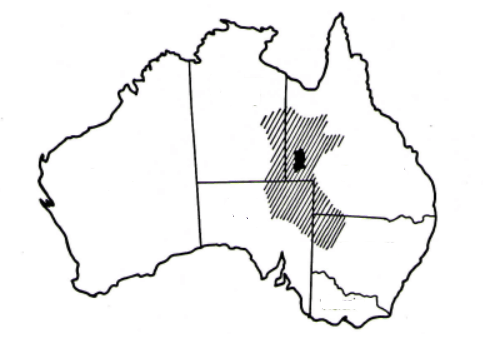
Kerwin (2010: 88) notes that Aboriginals from the West Darling travelled as far as the Birdsville Track to obtain supplies from southbound traders. In Autumn, other customers, often numbering as many as 500, received their pituri from a main centre at Goyder’s Lagoon when supplies were brought down from the north. Traders carried their bags of pituri on foot along the Musgrave and Everald Ranges to Ooldea and to Lake Nash through Arltunga, along Harts Range from Alice Springs. It also moved southwards from Alice Springs with the movement of water to Lake Eyre.
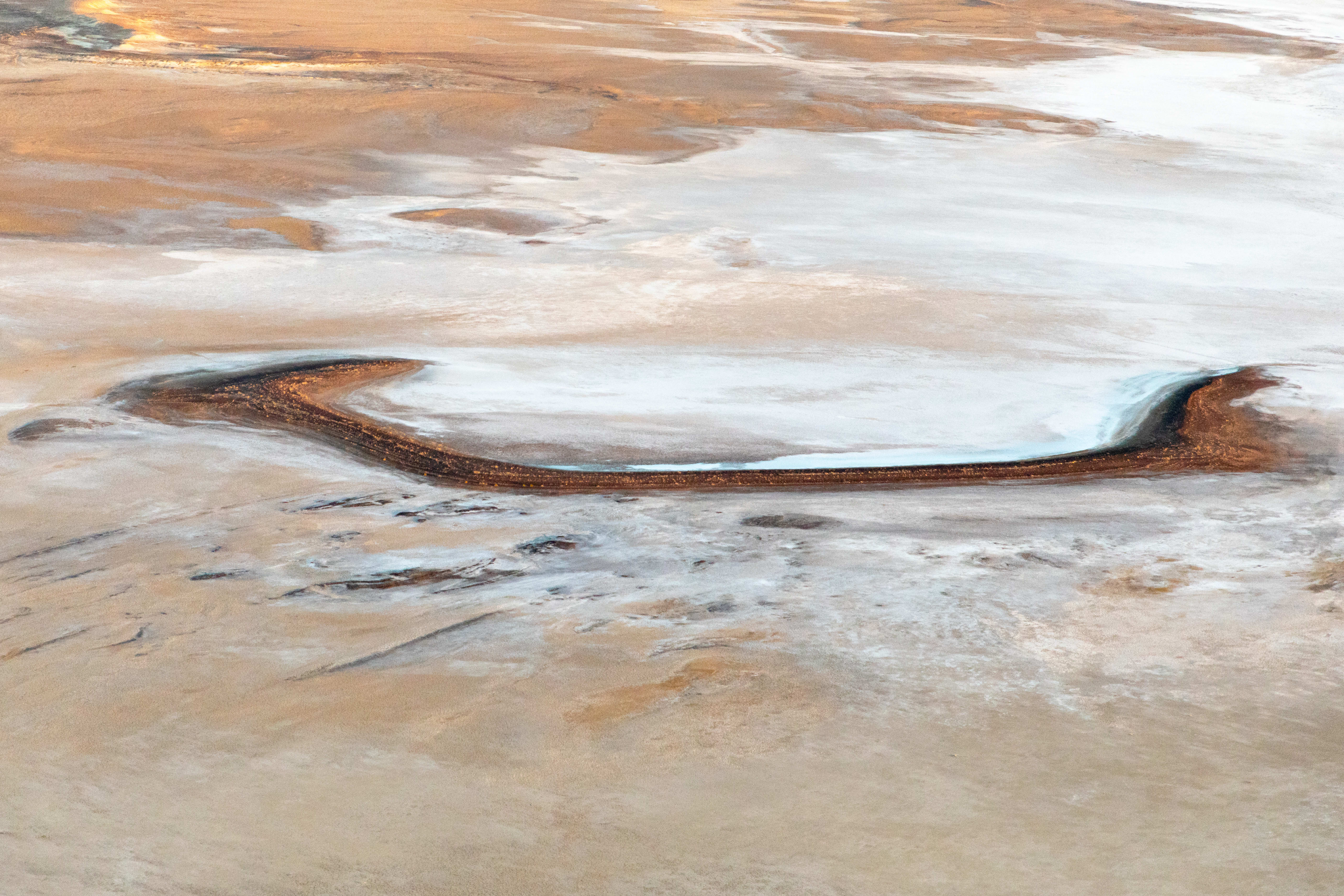
The main Pituri Road is estimated to have been over 3,800 kilometres in length, running the length of the interior of Queensland, across New South Wales and beyond Lake Eyre, and could be older than the Silk Road, the Incense Road, the Inca Roads, and other ancient trade routes. Pituri was produced and traded in such considerable volumes that harvesting it would have demanded specialised skills and knowledge of the techniques used to maximise cropping and maintain the highest levels of nicotine.
These traditional methods of cultivation and preparation were lost however in the decades following European colonisation. When the first white settlers moved into the producing areas of south-western Queensland, a significant disruption of Aboriginal community life occurred, and the people suffered major losses to disease and violence, as they did elsewhere in Australia.
Nevertheless, the pituri plant is still consumed today by Aboriginal people throughout the Channel Country. Particularly when resources are scarce, it is used as a substitute for European tobacco, or mixed with the tobacco to make it go further.
Tour of Aboriginal Trade Routes
Odyssey Traveller has drawn on ancient Aboriginal trading paths like the Pituri Road in designing our tours of Australia. From our escorted tour of Aboriginal World Heritage Sites in Victoria, New South Wales and South Australia, to our tour of the spectacular scenery of Kakadu National Park, and even our Marvellous Melbourne tour, we take the time to learn about the ancient history of our destination, showing how the places we encounter were at the heart of pre-settlement Aboriginal lifeways.
Travellers with an interest in learning more about the Aboriginal heritage of Australia may want to check out our various outback Australia tours. These include visits to:
- Archaeological sites including the Madjedbebe rockshelter and the extensive collection of ancient Aboriginal rock art at Kakadu National Park as part of our tour of Kakadu and Darwin
- The ancient indigenous sites including Lake Mungo and the Budj Bim Cultural Landscape as part of our tour of the Southern States of Australia;
- The important cultural site of Wilpena Pound on our tour of the Flinders Ranges;
- The ancient rock art in the Kimberley, Western Australia;
- The Brewarrina Fish Traps in outback Queensland;
- Uluru and Kata Tjuta in the Northern territory.
Odyssey Traveller has been designing international tours for mature and senior travellers since 1983, with an emphasis on educational tours, designed to give you an in-depth experience of your travel destination. We are now pleased to announce that we are running fifteen new tours of Australia. An Odyssey guided tour is not your typical Australia vacation – Great Barrier Reef, Sydney Harbour and iconic Uluru (Ayers Rock) – but a chance to get off the beaten path. On one Australia tour we explore stunning coastline on a trip around the Eyre Peninsula – better than Bondi Beach, Byron Bay or the Gold Coast, and without any of the crowds of the East Coast! Another small group tour sees us explore Adelaide and surrounds, making a day tour to beautiful Kangaroo Island. Or why not choose our tour of the Kimberley, on the remote north west coast, for your next Australia trip?
Our tours are really small group tours, generally including 6-12 travellers accompanied by an expert tour operator/tour guide. The tour package price generally includes accommodation, transport in a comfortable vehicle, access to attractions, and several meals, to give you the opportunity to get to know the rest of your small group tour passengers.
Articles about Australia published by Odyssey Traveller:
- The Kimberley: A Definitive Guide
- Uncovering the Ancient History of Aboriginal Australia
- Aboriginal Land Use in the Mallee
- Understanding Aboriginal Aquaculture
- Mallee and Mulga: Two Iconic and Typically Inland Australian Plant Communities (By Dr. Sandy Scott).
- The Australian Outback: A Definitive Guide
- The Eyre Peninsula: Australia’s Ocean Frontier
- Archaeological mysteries of Australia: How did a 12th century African coin reach Arnhem Land?
For all the articles Odyssey Traveller has published for mature aged and senior travellers, click through on this link.
External articles to assist you on your visit to Australia:
- John Mulvaney: ‘… these Aboriginal lines of travel‘
- Queensland Historical Atlas: Aboriginal dreaming paths and trading ways
- National Museum Australia: Trade with the Makasar
- Fish traps and stone houses: New archaeological insights into Gunditjmara use of the Budj Bim lava flow of southwest Victoria over the past 7000 years
- Isabel McBryde: Exchange in south eastern Australia
- Shells, not pearls, were the real prize in traditional Aboriginal culture
We acknowledge Aboriginal and Torres Strait Islander peoples as the First Australians and Traditional Custodians of the lands where we live, learn and work. We pay our respects to Elders past, present and emerging.
Related Tours

days
Jun, Jul, Sep, Feb, Mar +1Darwin and Kakadu small group tour
Visiting Northern Territory
Explore and learn as part of a small group tour for seniors on this package tour to Darwin and Kakadu National park, a UNESCO world heritage site. This program also visits Arnhem land. Our focus is on ecology, landscapes and history on this 14 day program in the far north of the Northern Territory.
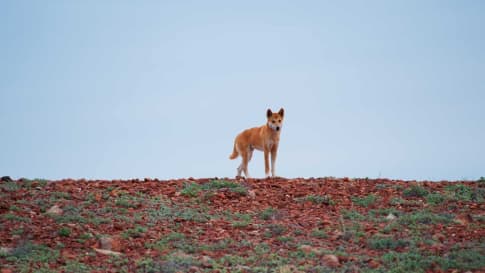
days
Apr, May, Jul, Aug, Oct +2Small group tour of Australia's Flinders ranges
Visiting South Australia
Escorted small group tour of the Flinders range in South Australia from Adelaide. Learn about Coober Pedy, Wilpena pound and water system of Lake Eyre as we explore and learn also about the history of the people who explored the Flinders.

13 days
May, Jun, Jul, Aug, SepSmall group tour of Australia's Kimberley
Visiting Western Australia
Escorted small group tour of the Kimberley. We explore and visit The Bungles, Bell Gorge, Mitchell plateau & Halls Creek in the dry season. Amazing landscapes intertwined with Aboriginal communities resident more than 45,000 years.
From A$15,390 AUD
View Tour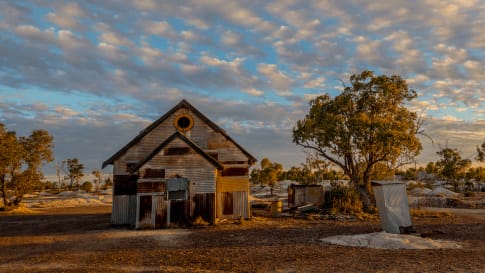
days
Mar, Apr, May, Jul, Aug +2Small group tour of outback Queensland
Visiting New South Wales, Queensland
To Dubbo and back, this small group tour takes you to learn about the Brewarrina fish traps, we travel high up into North Queensland to see the Dinosaurs of Winton and incredible Aboriginal rock art at Cathedral gorge and learn about opal mining and the history of Lightning ridge.

days
Mar, May, Aug, Sep, Oct +2Small group tour of World Heritage sites and more in the Southern States of Australia
Visiting New South Wales, South Australia
Discover the World Heritage Sites of the southern states of Australia travelling in a small group tour. A journey of learning around the southern edges of the Murray Darling basin and up to the upper southern part of this complex river basin north of Mildura. We start and end in Adelaide, stopping in Broken Hill, Mungo National Park and other significant locations.

days
Apr, Jun, Aug, Nov, Mar +2Exploring Alice Springs and Uluru-Kata Tjuta National park by Motorbike
Visiting
Explore on a Motorbike tour in the Outback and learn about historic Alice Springs, The MacDonnell ranges, and Uluru-Kata Tjuta national park. This escorted small group Motorbike tour for mature and senior travellers, travelling as a couple or solo travellers also visits the Hermannsburg Lutheran mission plus Henbury meteorite site learning about the Aboriginal outback and contemporary art.

days
Apr, May, Jun, Jul, Aug +3Small group tour exploring Alice Springs and Uluru-Kata Tjuta National Park
Visiting Northern Territory
Explore and learn about historic Alice Springs, The MacDonnell ranges, and Uluru-Kata Tjuta National Park. This escorted small group tour for mature and senior travellers, travelling as a couple or solo travellers also visits the Hermannsburg Lutheran mission plus Henbury meteorite site learning about the Aboriginal outback and contemporary art.
Articles
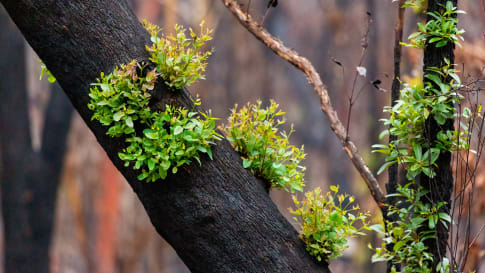
Aboriginal Fire Management
Small group tours for mature and senior travellers in the Australian outback to learn and appreciate land management techniques for couples and solo travellers reflecting Aboriginal culture in Kakadu, Tasmania, Arnhem land and the Kimberley.
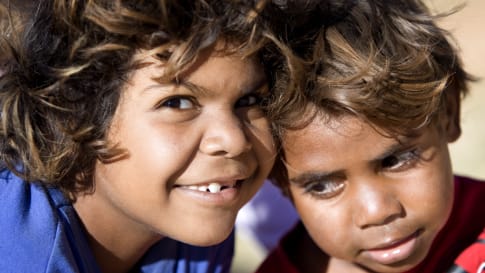
Aboriginal Kinship systems
Article about Aboriginal kinship to assist small group tours in Australia understanding Ancient aboriginal society and the contemporary view. Kinship influences the relationships including aboriginal trading routes.

Aboriginal culture of the Flinders Ranges, South Australia
The iconic Flinders Ranges of South Australia have a rich Aboriginal heritage and are home to a number of vitally important cultural sites and ancient artworks that this small group tour for mature and senior travellers has the opportunity its to learn about.

Aboriginal Songlines
Songlines trace the journeys of ancestral spirits who created the land and all natural phenomena. The creation stories as well as practical knowledge needed for survival in outback Australia. We experience this knowledge on our small group tours into Outback Australia.
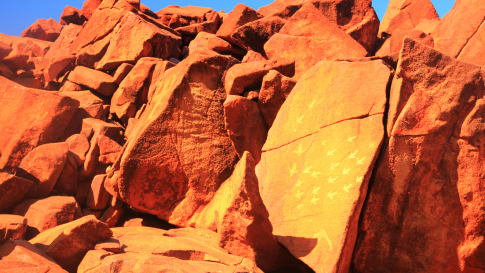
Aboriginal Stone Arrangements
Aboriginal stone arrangements are a form of rock art deliberately placed in position by Indigenous Australians and associated with spiritual ceremonies or utilitarian purposes. This article for mature and senior travellers provides and couples and solo travellers with and understanding and appreciation of the Ancient historic landscapes they are travelling though on a small group tour.

Albany Fish Traps, Western Australia
Articles supporting small group tours for senior and mature travellers, couples and solo travelers learning about Aboriginal and colonial history. A large body of archaeological sites specifically associated with Aboriginal estuarine fishing and fishtraps lie scattered across the southwest of Western Australia.

Ancient Aboriginal trade routes of Australia
Ancient Aboriginal trade routes of Australia Trade was a central part of life for Aboriginal people prior to the British settlement of Australia. Trading routes criss-crossed the nation, dispersing goods, information, technologies and culture thousands…
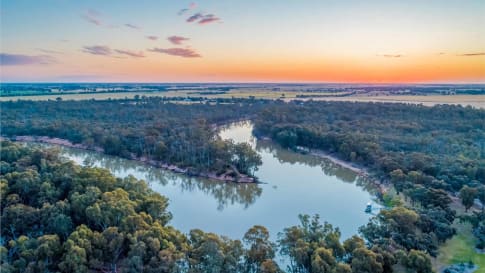
Appreciating Australian River Systems
Appreciating the linking of the river network into the Australian, history, culture and landscape on a small group tour for mature and senior travellers of couples or solo travellers is an integral part of understanding the continent of Australia and Aboriginal settlement.

Budj Bim Eel Traps, Victoria
Article supporting small group tours for senior couples and solo travellers of significant Aboriginal farming activity and aquaculture. A UNESCO world heritage site complementary to Mungo man and lady and more. The eels farmed were then a trading asset taken along songlines (trading routes.) forming part of kinship rituals.
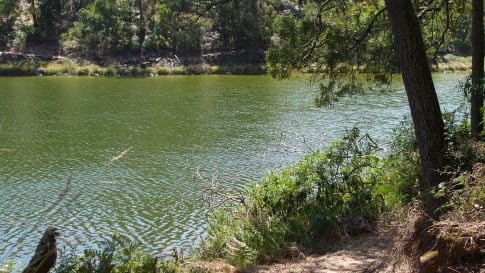
Budj Bim Cultural Landscape, Victoria
Article for escorted small group tour about this program visiting UNESCO World Heritage sites in Victoria, South Australia & NSW. Exploring and learn about Budj Bim cultural landscape for mature and senior travellers .
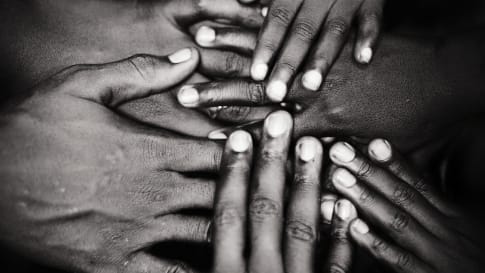
Ngangkari: Traditional Aboriginal Healers of Central Australia
Article about Aboriginal healers of central Australia. Article for seniors for a small group tour couples or solo travellers exploring outback Northern Territory. This is a series of articles on aboriginal communities, kinship, songlines and trade routes.
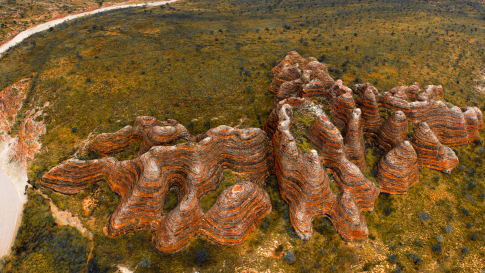
Purnululu National Park, Australia
Read about one of the most remote World heritage sites on Earth. Odyssey takes you to visit as part of a small group package tour for mature and senior travellers in the Kimberley for couple and single travelers We travel in the dry season from Broome via Lake Argyle to this National park.

The Arrival of Aboriginal Australians on the Continent
Tracing Aboriginal history via an outback small group tour for mature and senior couples or solo travellers provides an intriguing learning platform about Australia, rock art, trading and culture that traces a history possibly some 120,000 years ago.

The Australian Outback: A Definitive Guide
Explore learn and consider what is the outback in this article. For mature and senior travelers considering joining a small group package tours into the outback to see, learn and explore about this unique place, not only the landscape but the Aboriginal approach to living. On each of the tours for couples and the single traveler you learn something different but fascinating, from Outback Queensland, the Flinders, Broken Hill and the Kimberley and the wildflowers all contribute to this question, what is the outback?
